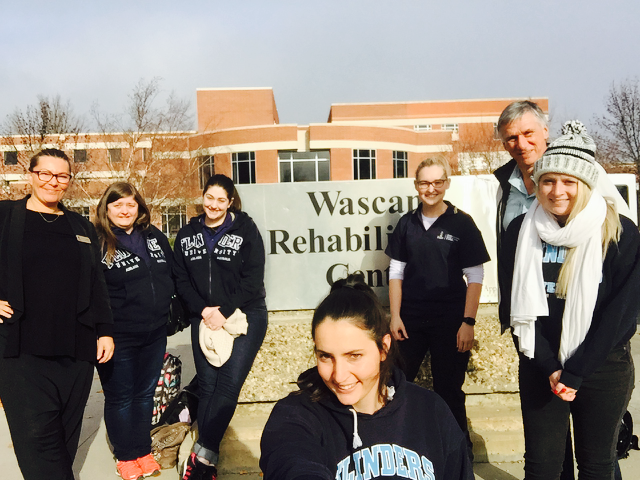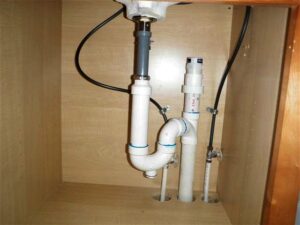Neurological Aspects of Rehabilitation

In the complex realm of addiction, the struggle to break free is not just a matter of willpower. It involves intricate neurological processes that impact behavior, making rehabilitation a multifaceted challenge. This article delves into the science behind addiction, unraveling the intricate web of neurological aspects that influence rehabilitation efforts.
Unraveling the Neurological Underpinnings
1. The Dopamine Dilemma:
Addiction often starts with a surge of pleasure, driven by the release of dopamine—a neurotransmitter associated with reward and pleasure. Substances like drugs or alcohol hijack this system, flooding the brain with dopamine and creating an artificial sense of euphoria. Over time, the brain adapts to the increased dopamine levels, leading to tolerance and dependence.
2. Neuroplasticity:
The brain’s remarkable ability to adapt, known as neuroplasticity, plays a crucial role in addiction. It allows the brain to reorganize itself by forming new neural connections. In the context of addiction, this means that repeated substance use reshapes the brain’s structure and function, making it increasingly difficult to resist cravings and control behavior.
3. The Prefrontal Cortex Predicament:
The prefrontal cortex, responsible for decision-making and impulse control, undergoes significant changes in individuals grappling with addiction. These alterations impair judgment and self-control, contributing to the perpetuation of addictive behaviors. Understanding these changes is pivotal in designing effective rehabilitation strategies.

The Role of Rehabilitation in Rewiring the Brain
1. Comprehensive Therapeutic Approaches:
Successful rehabilitation involves more than just detoxification. It necessitates a comprehensive approach that addresses the physical, psychological, and social aspects of addiction. Therapies like cognitive-behavioral therapy (CBT) and contingency management are tailored to rewire the brain’s response to stimuli, helping individuals develop healthier coping mechanisms.
2. Medication-Assisted Treatment (MAT):
For certain substance addictions, medication-assisted treatment proves to be a valuable ally in the rehabilitation journey. Medications like methadone or buprenorphine help manage withdrawal symptoms and cravings, providing individuals with the stability needed to engage in the recovery process.
3. Supportive Communities:
Building a strong support network is instrumental in the rehabilitation process. Support groups, counseling, and peer assistance create an environment where individuals feel understood and encouraged. This social reinforcement is vital in reshaping the neural pathways associated with addiction.
Overcoming Challenges on the Road to Recovery
1. Understanding Triggers:
Identifying and understanding triggers is paramount in preventing relapse. Whether they are environmental cues, stressors, or emotional states, recognizing these triggers empowers individuals to develop coping mechanisms and navigate challenges without resorting to substances.
2. Holistic Wellness Practices:
Adopting holistic wellness practices, such as regular exercise, adequate sleep, and mindfulness, contributes to overall well-being and supports the brain’s natural healing processes. These practices complement rehabilitation efforts by promoting a healthy lifestyle and enhancing mental resilience.
3. Long-Term Monitoring and Aftercare:
Recovery is an ongoing process that requires continuous support. Implementing long-term monitoring and aftercare plans ensures individuals receive the necessary assistance as they reintegrate into their daily lives. This proactive approach helps prevent relapse and solidifies the strides made during rehabilitation. For more articles, information, and resources about rebuilding with rehab, come check their page to learn more.
Conclusion: A Neurological Odyssey to Recovery
Understanding the science behind addiction unveils the intricate neurological dance that occurs in the brain. Rehabilitation, therefore, becomes a journey of rewiring neural pathways, reclaiming control, and fostering a renewed sense of well-being. By comprehending the neurological aspects at play, both individuals struggling with addiction and their support systems can approach recovery with a nuanced understanding, fostering a higher likelihood of success.



